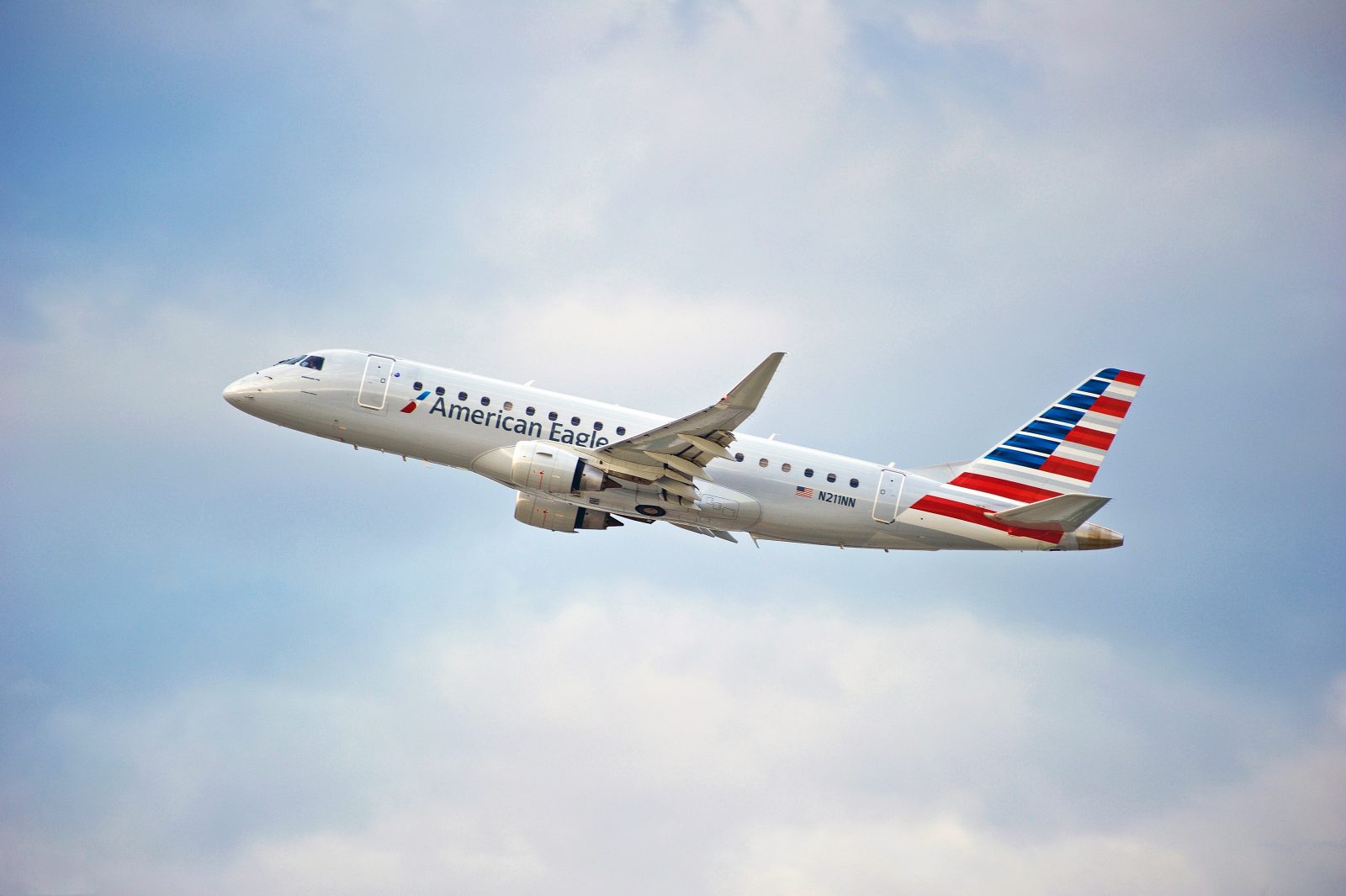
A Captain in training was incapacitated just moments after takeoff from Chicago O’Hare Airport on Saturday evening and was tragically confirmed to have died from a suspected heart attack despite the “heroic” efforts of passengers and crew onboard, as well as first responders on the ground who tried to his life.
The pilot worked for Envoy Air, a regional carrier which is a wholly-owned subsidiary of American Airlines operating flights under the American Eagle brand.
A spokesperson for Envoy Air confirmed on Tuesday that the unidentified pilot had died despite the best efforts of emergency responders. In an internal memo, the airline told staffers: “Despite heroic efforts by those on board and first responders on the ground, our colleague passed away at the hospital”.
“We’re deeply saddened and are doing all we can to support his family and our colleagues at this time,” the airline said in a statement.
The pilot was in charge of American Airlines flight AA3556 from Chicago O’Hare to Columbus, Ohio. As a Captain in training, he was sat in the usual left-hand Captain’s seat and was accompanied by an experienced training Captain in the right-hand seat. There was also a First Officer sitting in a supernumerary seat.
Just after takeoff and while the aircraft was still in its initial climb, the training Captain reported that the other operating pilot had been “knocked out” and that they needed to make a return to Chicago.
Flight data provided by Flight Radar 24 shows that the Embraer E175LR made a rapid return to O’Hare, landing less than 10 minutes after takeoff.
The Captain in training was removed from his seat, and Emergency First Aid was rendered before medical teams reached the aircraft. Sadly, it was later confirmed that the pilot had died.
The incident, whilst incredibly rare, is likely to be used by critics of single-pilot operations – something that is currently not allowed but is being pursued by regulators from 40 countries who see the measure as a way to lower operating costs and reduce the pressures of a mounting pilot shortage crisis.
The single-pilot strategy wouldn’t actually include critical phases of flight such as takeoff and landing, where at least two pilots would still be required and would mostly be used for long-haul flights where there can be three or sometimes even four pilots required.
Planemakers and airlines are trying to convince international regulators to make it possible for a single pilot to be on the flight deck during a long-haul cruise while the second pilot has a rest break in a separate bunk compartment.
Some of the issues that need to be addressed include how a single pilot on duty would go to the toilet if the need arose and what would happen if they became incapacitated when no one else was around.
In the long run, however, planemakers are eyeing single-pilot operations for all phases of flight, with the aircraft’s inbuilt computer able to take over at a moment’s notice and land itself should the need arise.
Related
Virgin Australia Pilot Taken Ill Just 30 Minutes After Takeoff, Prompting Emergency LandingIn "accident"
American Airlines Regional Jet Strikes Tug at Chicago O’Hare, Flipping Over Vehicle and Seriously Injuring DriverIn "Airline News"
American Airlines Drops Regional Partner That Was Losing $5 Million Per MonthIn "Airline News"
Mateusz Maszczynski honed his skills as an international flight attendant at the most prominent airline in the Middle East and has been flying ever since... most recently for a well known European airline. Matt is passionate about the aviation industry and has become an expert in passenger experience and human-centric stories. Always keeping an ear close to the ground, Matt's industry insights, analysis and news coverage is frequently relied upon by some of the biggest names in journalism.







